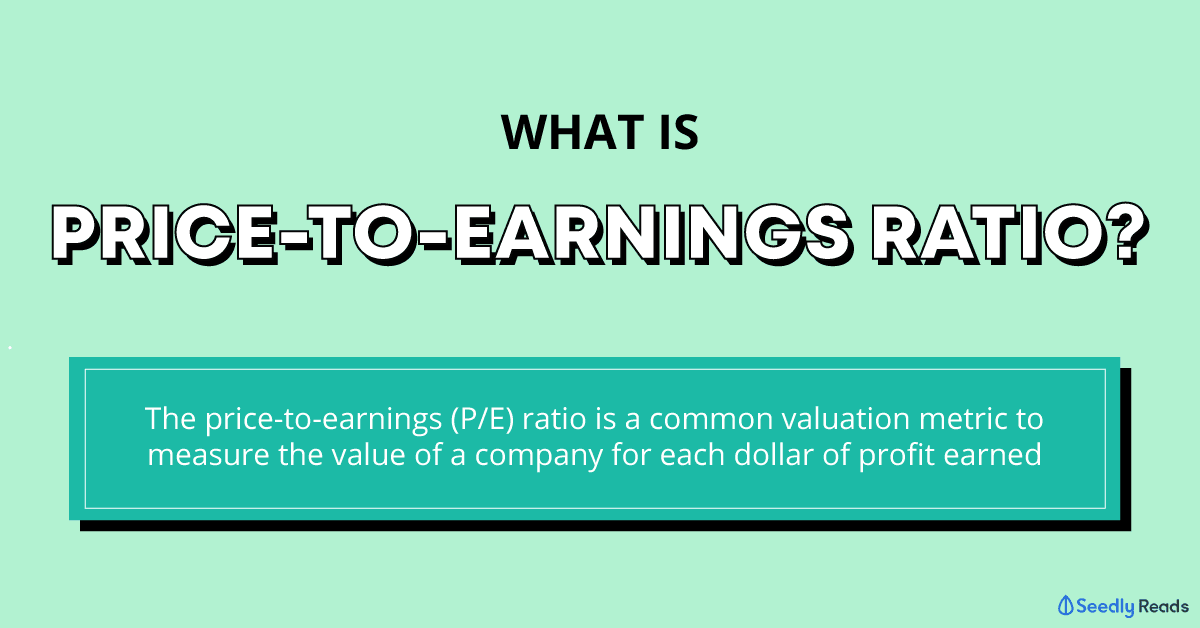We understand investing can be extremely daunting for beginners.
That’s why we have this “What Is…?” series to break down complex investing terms for people who are just starting out in the stock market.
Right now, let’s explore what the term “price-to-earnings ratio” means.
So, What Is Price-to-Earnings Ratio?
Price-to-earnings (P/E) ratio is a common valuation metric to measure the value of a company for each dollar of profit earned.
In other words, it determines if a stock is cheap or expensive.
A company with a stock price of S$1 may not necessarily be more expensive than another company with a stock price of S$0.50.
This is because a company’s share price doesn’t tell us about the company’s value.
To have an apple-to-apple comparison of companies with different share prices, we can use the price-to-earnings (PE) ratio.
With a company’s P/E ratio determined, investors can then compare it with its average P/E ratio of the past or with other companies in the same industry to determine whether a stock is fairly valued, undervalued or overvalued.
P/E Ratio Formula
The P/E ratio is calculated by taking a company’s stock price divided by its earnings per share (EPS).
P/E Ratio= Stock Price / EPS
The EPS can come in two main forms.
If the EPS takes into account the last 12 months data, this P/E ratio is known as the “trailing P/E”.
The trailing P/E ratio is the most common type of P/E ratio.
On the other hand, if the EPS is projected 12 months into the future, the P/E ratio is known as a “forward P/E”.
Calculating P/E Ratio of a Listed Company
Here, let’s use SATS Ltd’s (SGX: S58) latest financial results released last week to understand how to calculate its P/E ratio.
For the full year ended 31 March 2020 (FY19-20), SATS had an EPS of 15.1 cents.

With a closing share price of S$2.88 on Friday, SATS’ trailing P/E ratio was 19.1 (S$2.88/S$0.151).
We can then compare SATS’ P/E ratio with history or with its listed peers to determine if it’s expensive.
If SATS’ historical average P/E is below 19, it could mean it’s undervalued and vice versa.
Have Burning Questions Surrounding The Stock Market?
Why not check out the Seedly Community and participate in the lively discussion regarding stocks!
Disclaimer: The information provided by Seedly serves as an educational piece and is not intended to be personalised investment advice. Readers should always do their own due diligence and consider their financial goals before investing in any stock. The writer may have a vested interest in the company mentioned.
Advertisement

